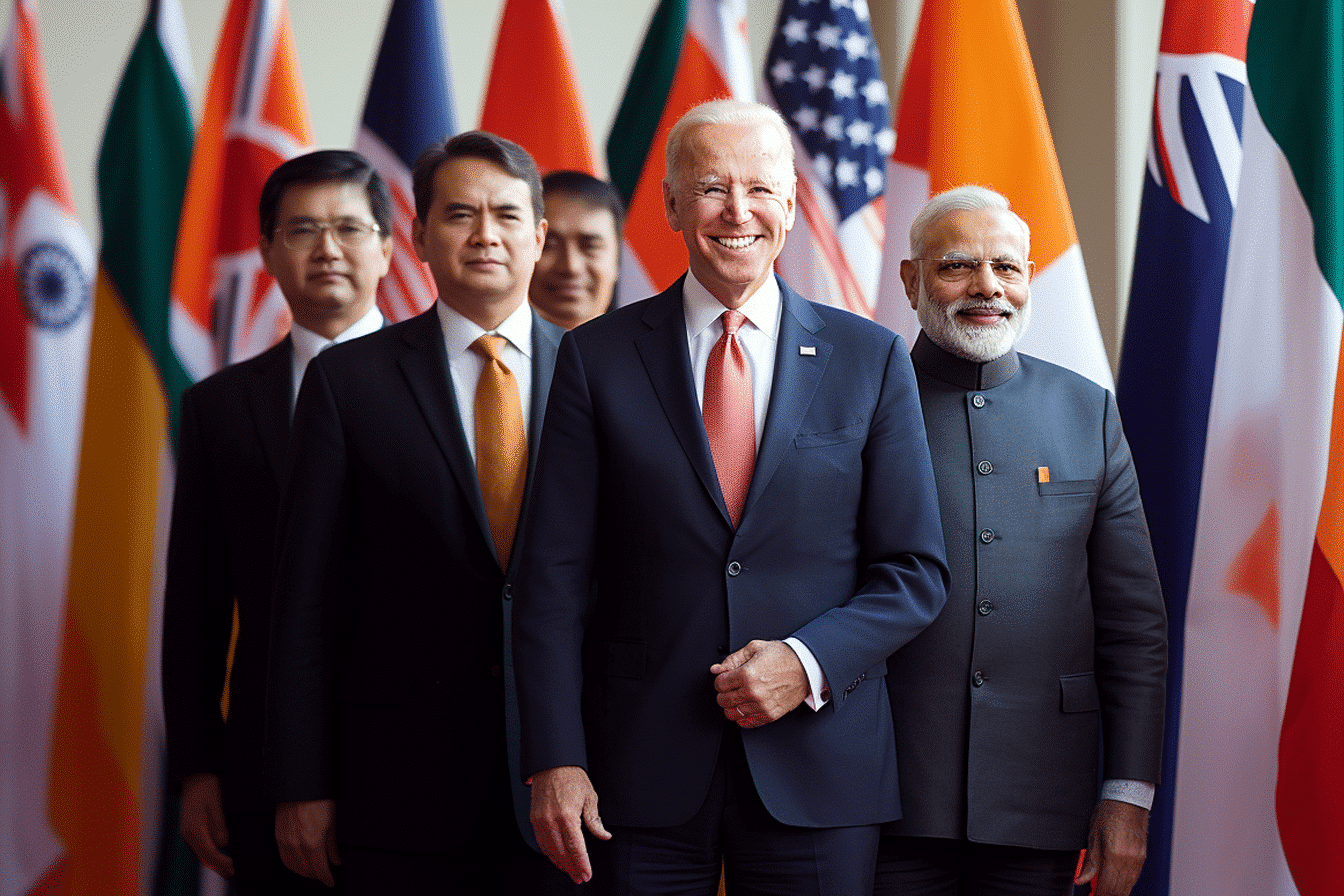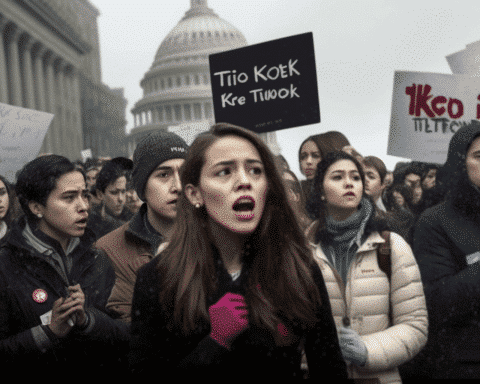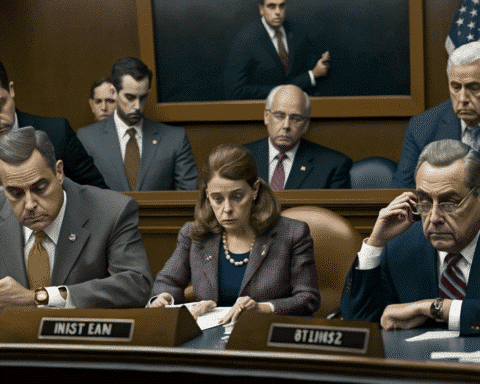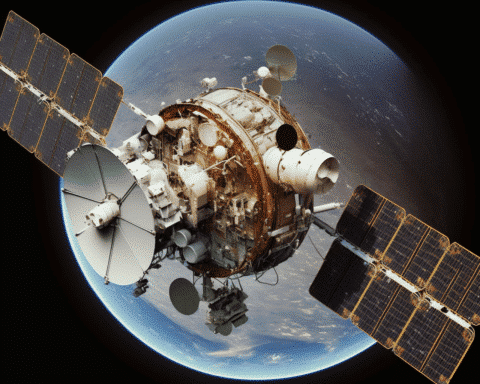Seizing the Moment for Asian Engagement
Amidst the din of conflicts across Europe and the Middle East, President Joe Biden has found a momentary respite to recalibrate and refocus on Asia, a region he deems crucial to the future of American foreign policy. This redirection comes in the wake of Russian military aggression in Ukraine and escalating tensions between Israel and Hamas.
This week, San Francisco hosted the annual summit of Asian leaders, offering Biden a platform to reaffirm his commitment to the region. Amidst receptions and working lunches, President Biden reiterated the importance of Asia to the United States. “The United States remains vital to the future of the region, and the region is more vital than ever to the United States of America,” Biden expressed with conviction, emphasizing the administration’s unwavering stance.
Bridging the Pacific: A Vision of Friendship and Collaboration
The summit was a diplomatic formality and a tableau of America’s outreach across the Pacific. “From here in San Francisco, America reaches out all across the Pacific, building bridges mightier than the Golden Gate,” Biden proclaimed, encouraging attendees to forge new connections and partnerships.
Signifying the importance of these relationships, Biden’s interactions with South Korean President Yoon Suk Yeol and Japanese Prime Minister Kishida Fumio underscored the deepening ties between the allies. The president’s parting words at the summit, entrusting the reins to Peru for the forthcoming year, conveyed an unmistakable message: “America’s commitment to the Asian Pacific is unwavering and, in our view – from America’s perspective – essential.”
The Challenge of Global Trade and Technological Innovation
Biden’s vision extends beyond mere rhetoric. He regards the Asian region as the epicentre for global trade, a battleground against climate change, and a fountain of technological advancement. This region also poses strategic challenges as Biden navigates the rise of an authoritarian China, seeking to maintain a balance in the liberal world order.
The week’s highlight was undoubtedly Biden’s dialogue with Chinese President Xi Jinping, which concluded with substantive agreements, including Beijing’s pledge to curtail the fentanyl trade and reopen military communications with the U.S.
Rebuilding Ties Amidst Strain
Despite past tensions exacerbated by incidents like the Chinese spy balloon, the two leaders have embarked on a path toward rapprochement. Yun Sun of the Stimson Center observed that both leaders seek stability, with Xi focusing on domestic challenges and Biden requiring steadiness due to U.S. distractions elsewhere.
While the summit centred on fostering connections, reminders of the Middle East conflicts were visible, with protesters advocating for peace in Gaza, indicative of the global challenges that persistently vie for Biden’s attention.
A Global Stage for Diplomatic Outreach
President Xi also seized the opportunity to meet with leaders from multiple nations, promoting his vision for U.S.-China relations. In his address, Xi conveyed a message of resilience, urging for a stronger bond between the peoples of both nations while firmly asserting China’s ambitions.
A Delicate Balancing Act
The summit in San Francisco reflects a complex geopolitical landscape in which President Biden juggles the delicate balance of international diplomacy with pressing global crises. As the administration navigates these turbulent waters, its pivot to Asia marks a strategic attempt to assert American influence in a region that is both a hub of opportunity and a chessboard of power dynamics.




